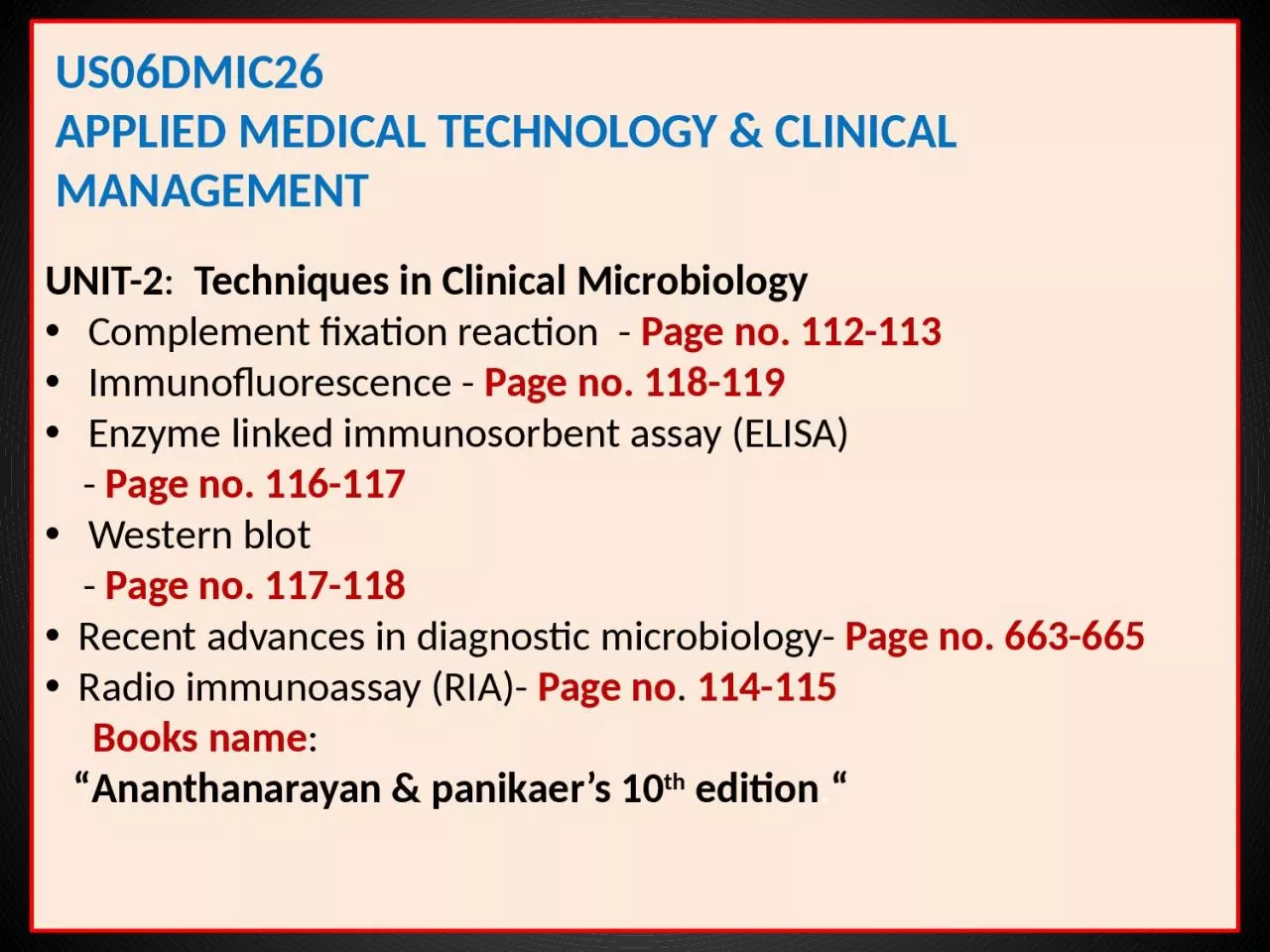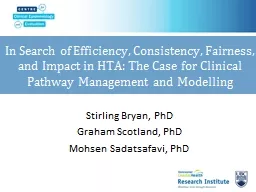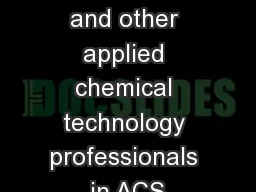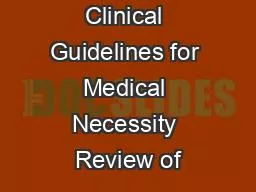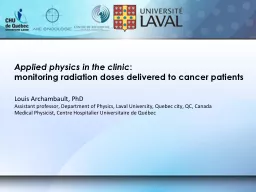PPT-US06dMIC26 Applied Medical Technology & clinical management
Author : bency | Published Date : 2024-03-13
UNIT2 Techniques in Clinical Microbiology Complement fixation reaction Page no 112113 Immunofluorescence Page no 118119 Enzyme linked immunosorbent
Presentation Embed Code
Download Presentation
Download Presentation The PPT/PDF document "US06dMIC26 Applied Medical Technology &a..." is the property of its rightful owner. Permission is granted to download and print the materials on this website for personal, non-commercial use only, and to display it on your personal computer provided you do not modify the materials and that you retain all copyright notices contained in the materials. By downloading content from our website, you accept the terms of this agreement.
US06dMIC26 Applied Medical Technology & clinical management: Transcript
Download Rules Of Document
"US06dMIC26 Applied Medical Technology & clinical management"The content belongs to its owner. You may download and print it for personal use, without modification, and keep all copyright notices. By downloading, you agree to these terms.
Related Documents

